|
We've visited many of Europe's and the Near East's important historical sites during our two years of traveling; none more iconic than Stonehenge. This is easily the most recognizable prehistoric monument in the world. Research indicates that the earliest beginnings of this World Heritage Site, in the form of a circular ditch, may have happened 5000 years ago (approximately 3000 BC). It may very well have begun as an early cemetery, as the cremated remains of at least 150 folks have been excavated from the 56 "Aubrey Holes" in the ditch surrounding the stone circle. Archeologists believe that the "Heel Stone" on the northeast side of the circle may have indicated the original entrance. If you were to stand in the circle (which is not allowed now for conservation purposes), the sun of the summer solstice would rise over the "Heel Stone". Visiting Stonehenge was an all day event for us, beginning with a one hour train ride from Bath to Salisbury. We then had to grab a bus for the eight mile ride to Stonehenge, which is north of the city. On the positive side, the 28 British Pound fare included admission to Stonehenge and one other historic site -Old Sarum Castle (ca. 500BC). Stonehenge was privately owned until 1918, when it was given to Great Britain for preservation. We couldn't believe that we were actually here seeing this wonderful, prehistoric venue in person. We had to keep pinching ourselves to make sure we weren't dreaming. Who would think that a bunch of stones set in a circle could generate so much excitement? The Stonehenge circle as it is seen today, following a lot of research so that the stones could be portrayed accurately. We couldn't believe we were actually here. This is the south side of the circle. In Front (near the #4 sign) is part of the ditch that surrounds the site. This is believed to be the earliest beginnings, perhaps as a cemetery. The cremated remains of 150 people have been excavated from this ditch. The "Heel Stone" on the north side of the circle is believed to have indicated the original entrance to the circle. One legend states that it's name came from the Devil throwing the stone at a Friar and striking him in the heel. Another possible interpretation is that it came from a corruption of the Welch words " Freyja Sul" , meaning "way" and "Sunday." Beside the Visitor's Center are recreations of thatched huts that were believed to have been built here to house the workers that created Stonehenge. They bear a remarkable resemblance to other such ancient structures found throughout the world (including some North American native housing). Inside the Visitors' Center museum is this bronze depiction of how Stonehenge was structured and oriented to the surrounding landscape. Also on display in the museum are wonderful pictures of the rising summer solstice sun at Stonehenge... ...and as it sets on the other side. Over the years, many questions were raised as to how prehistoric people's could have moved such massive stones to create Stonhenge. Local archeological students discovered that it really was not that difficult. As few as ten people were able to move this stone, using the wooden rollers, at a speed of one mile per hour.. One of the 56 "Aubrey Holes" found in th ditch surrounding the stone circle. Were they holes for posts used in raising the stones? Or were they burial sites ( since 150 cremated bodies were found nearby)? On our return to Salisbury, we stopped at the other historic site; the ruins of Old Sarum Castle, about two miles north of the city. Originally, an Iron Age fort was built on this hill, ca. 500 BC. For a time, the Romans housed troops on this hill to protect the roads leading to Salisbury. William the Conqueror, saw the strategic value of the site and had a castle built within the fort's walls and moat. The settlement of Old Sarum was built in the valley outside the castle/fort. These are the ruins of the original Cathedral, before it was moved to the city of Salisbury.
0 Comments
Leave a Reply. |
Carl and Lorraine Aveni are two retirees planning on traveling through Europe for at least one year.
Archives
September 2020
Categories |
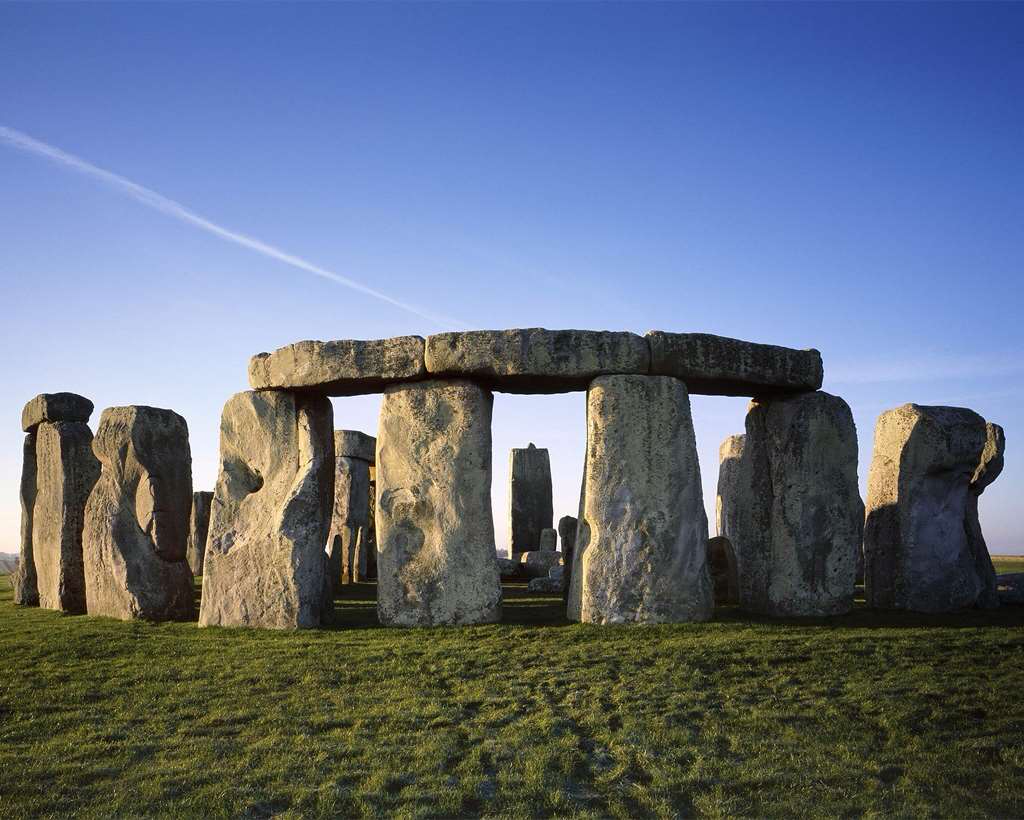
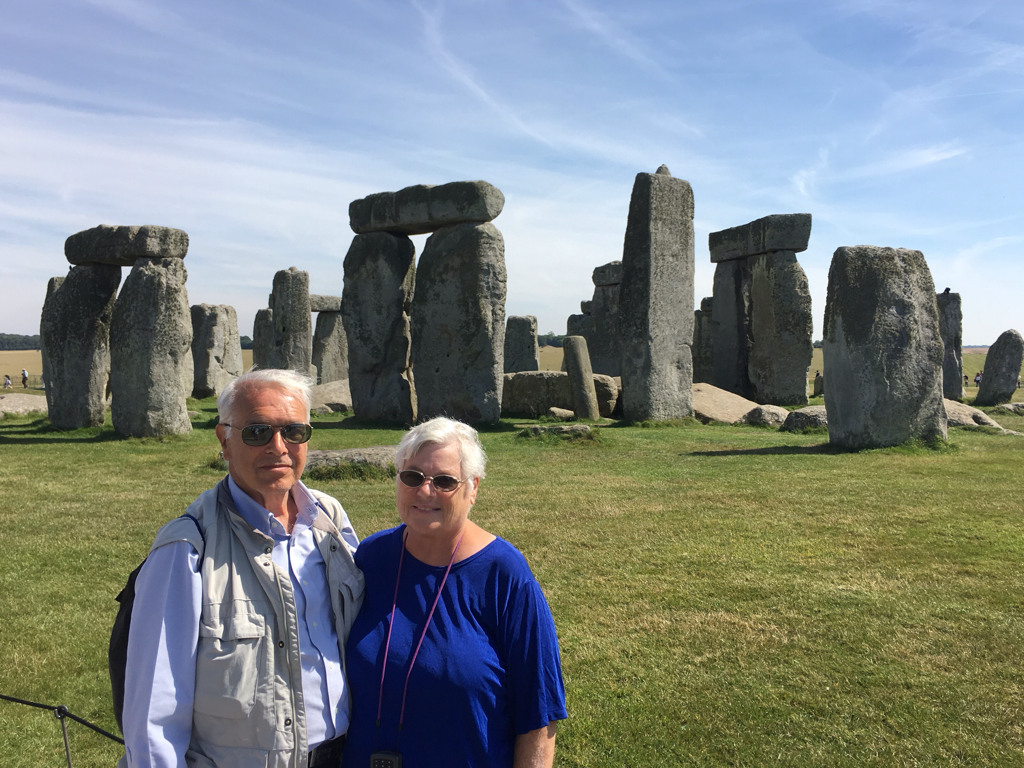
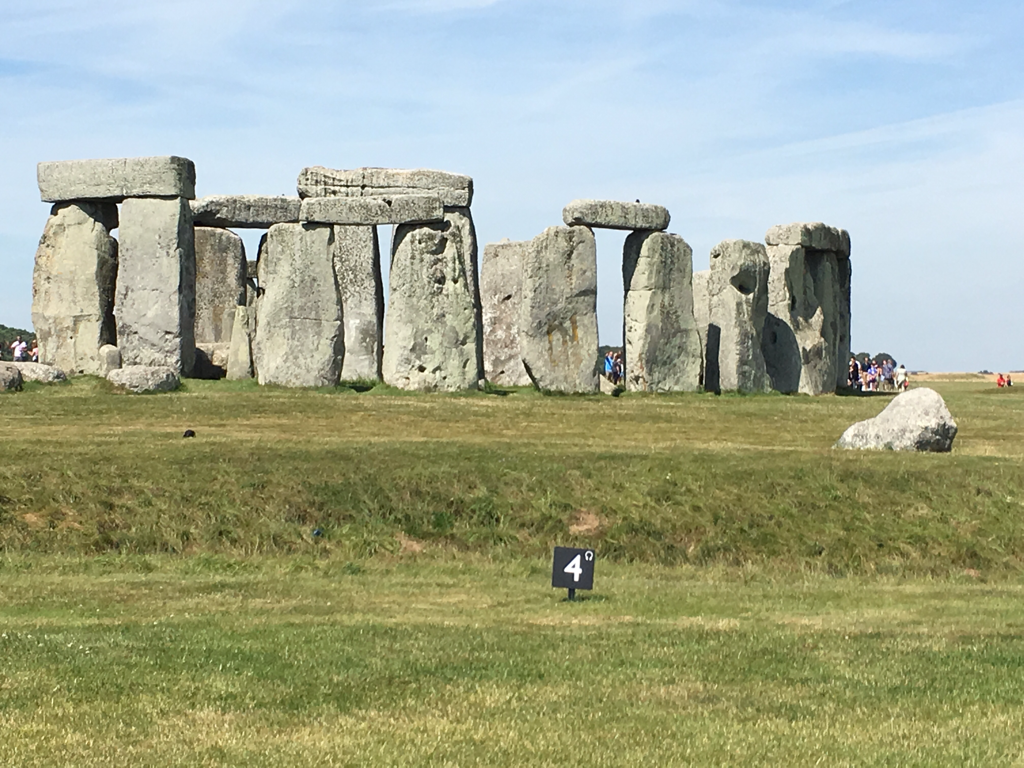
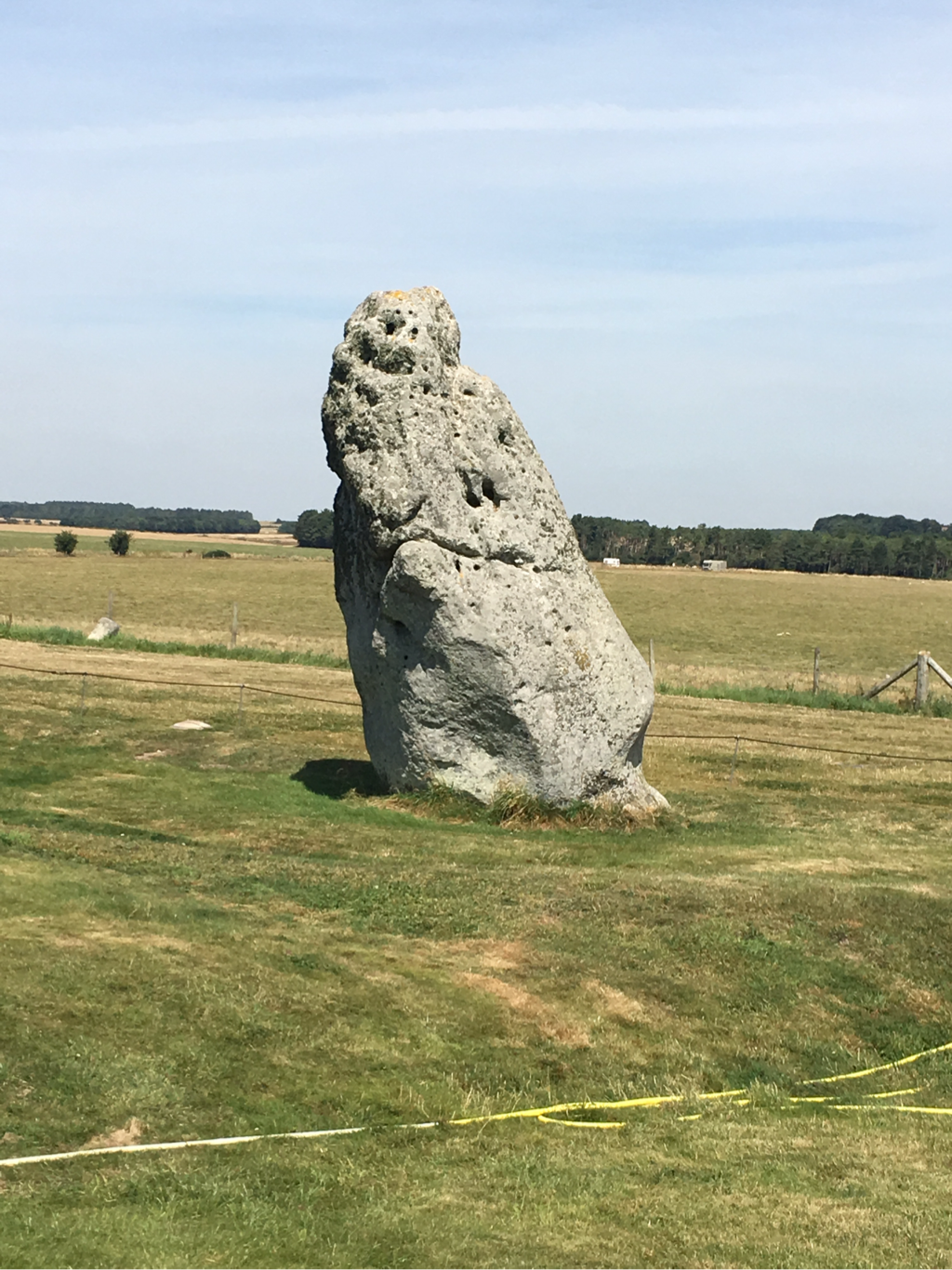
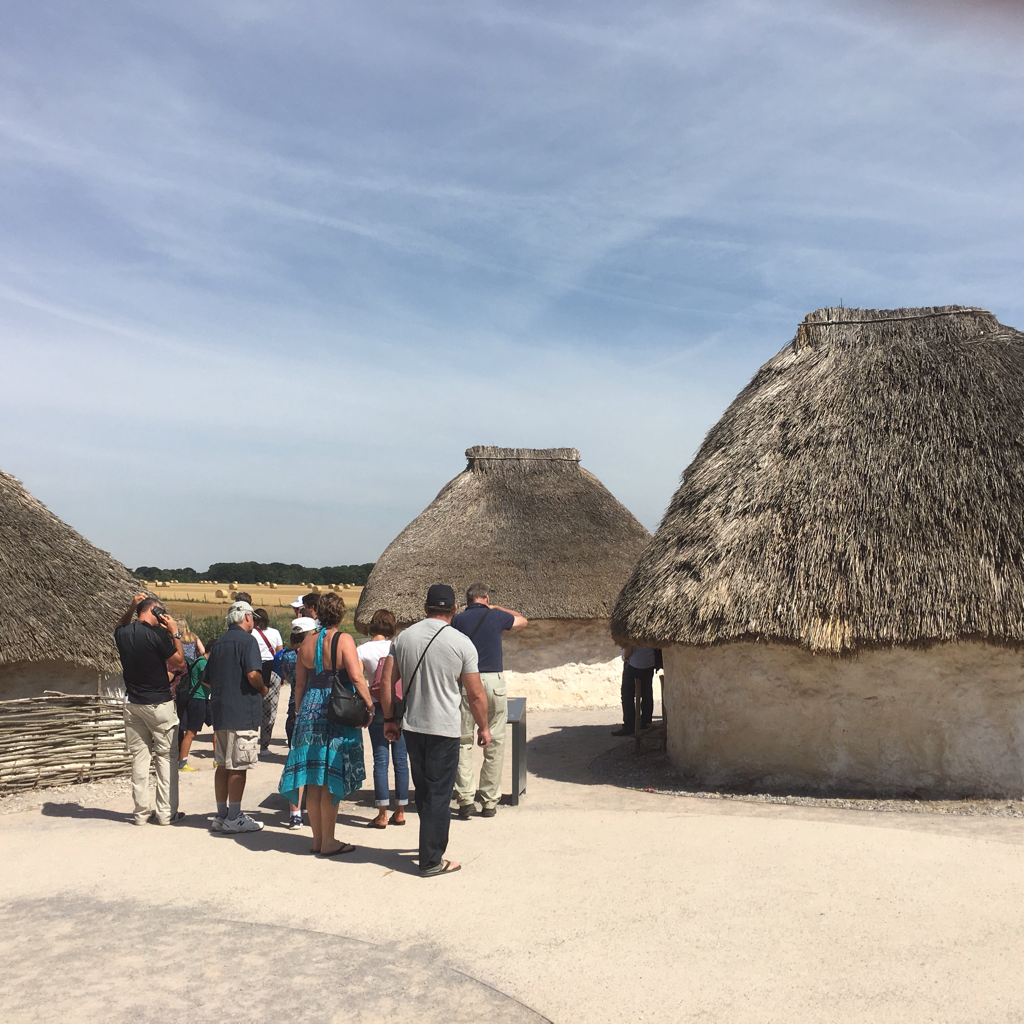
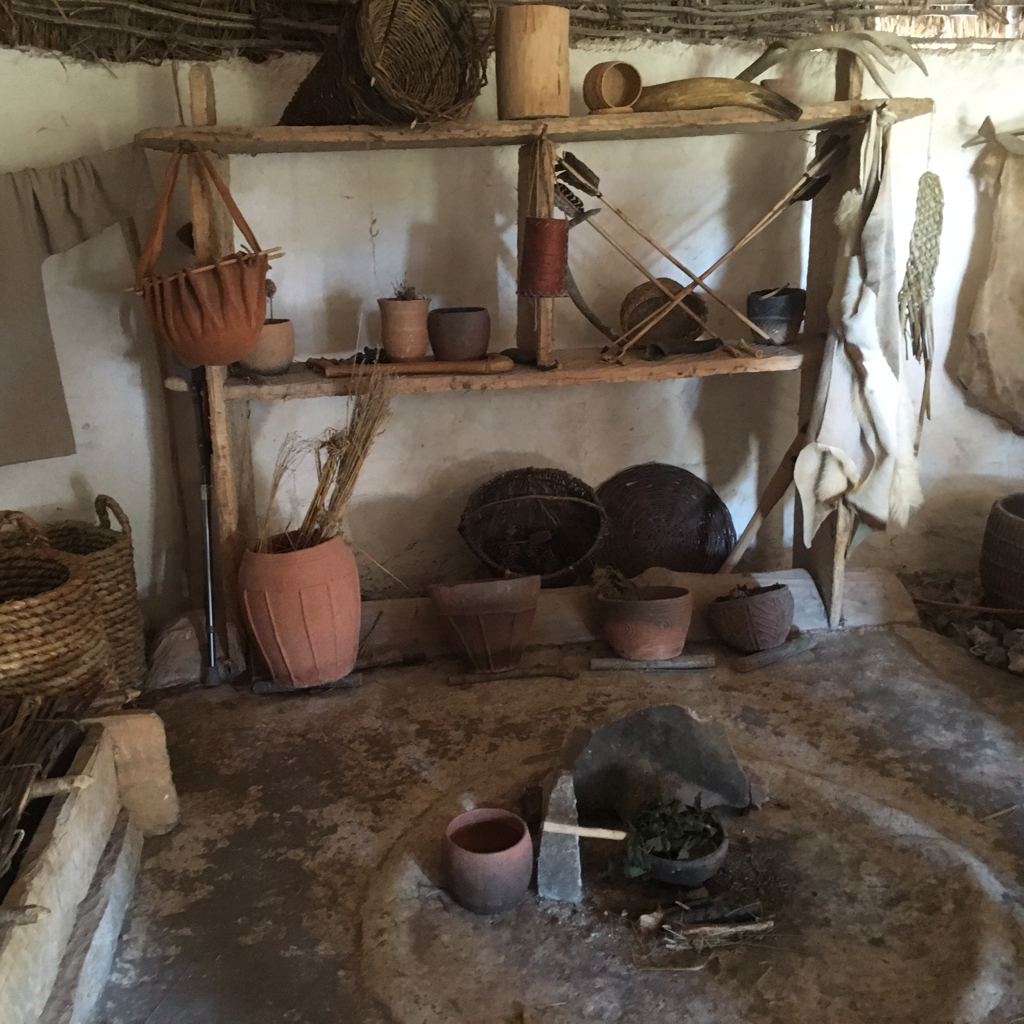
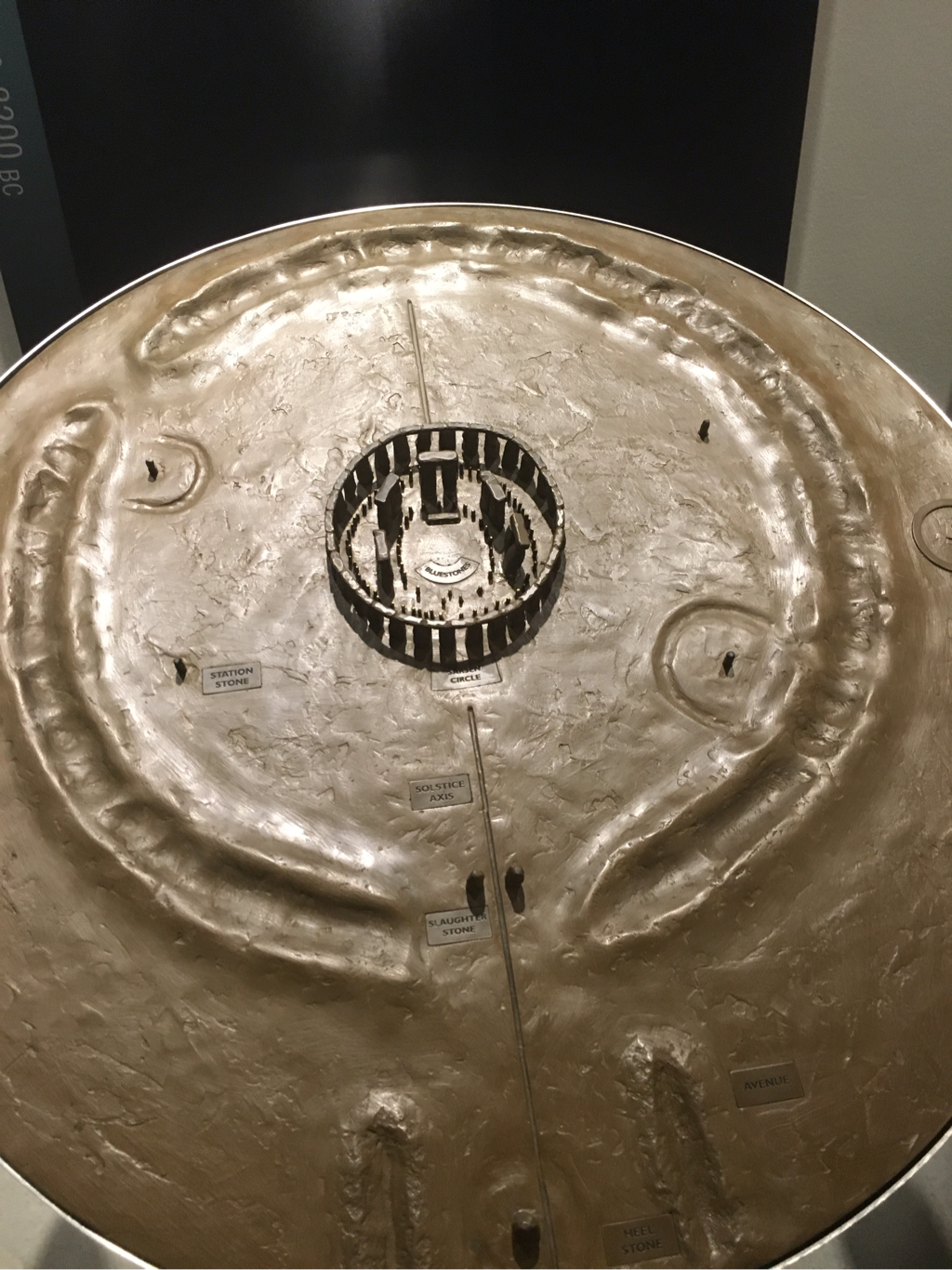
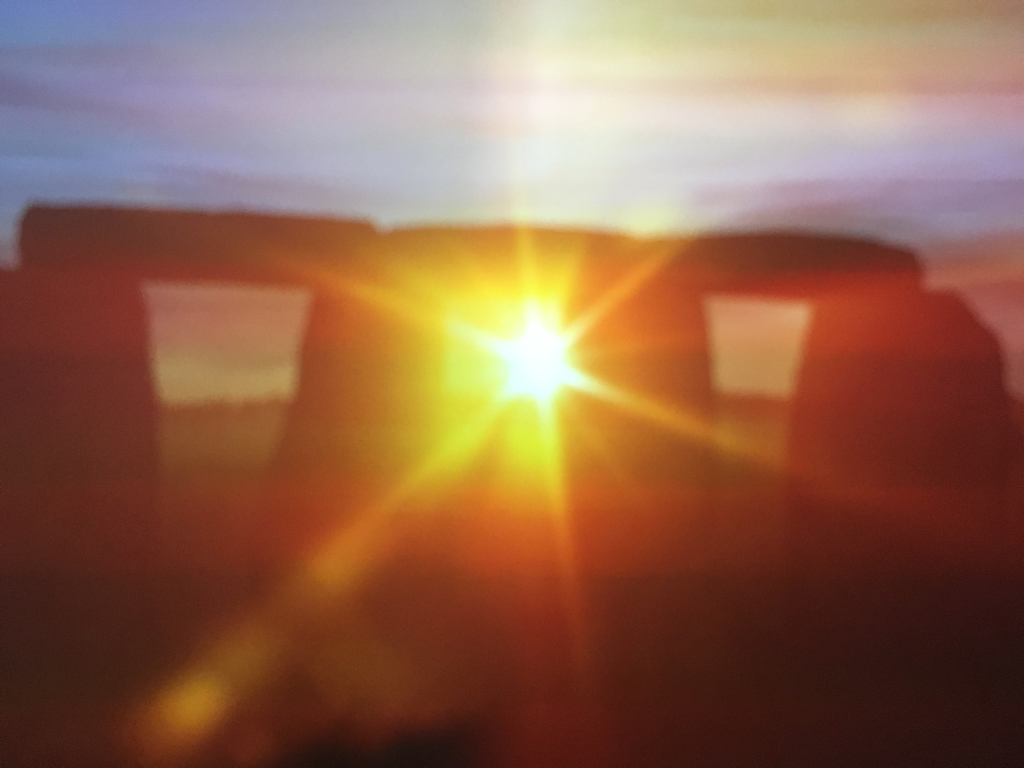
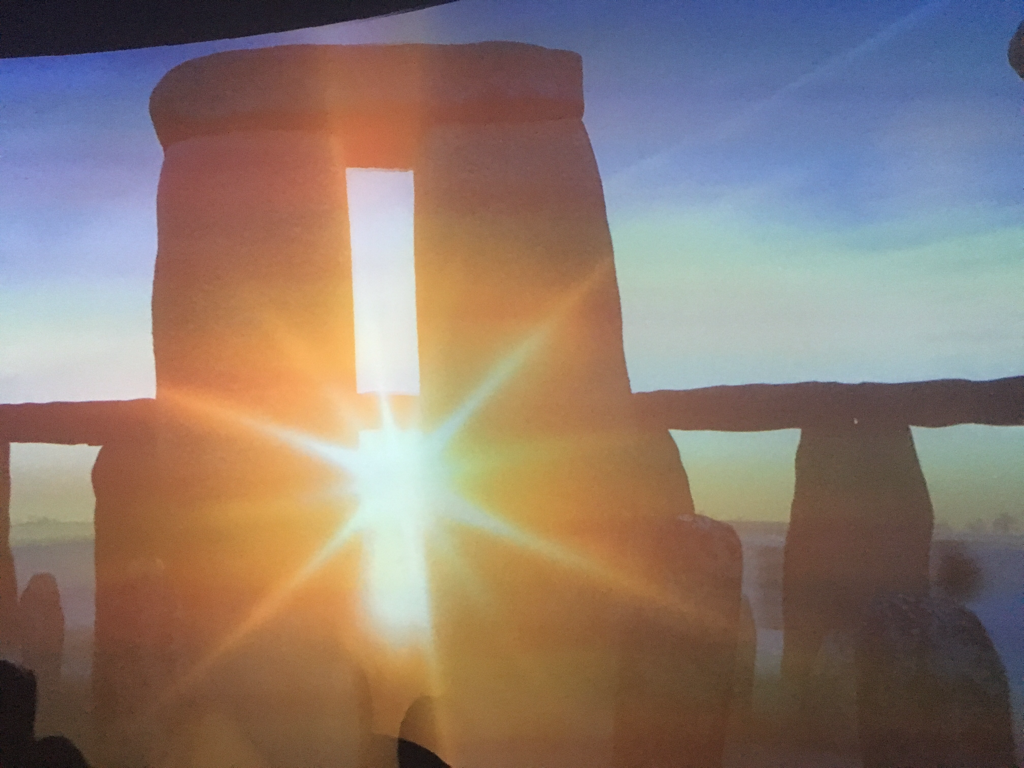
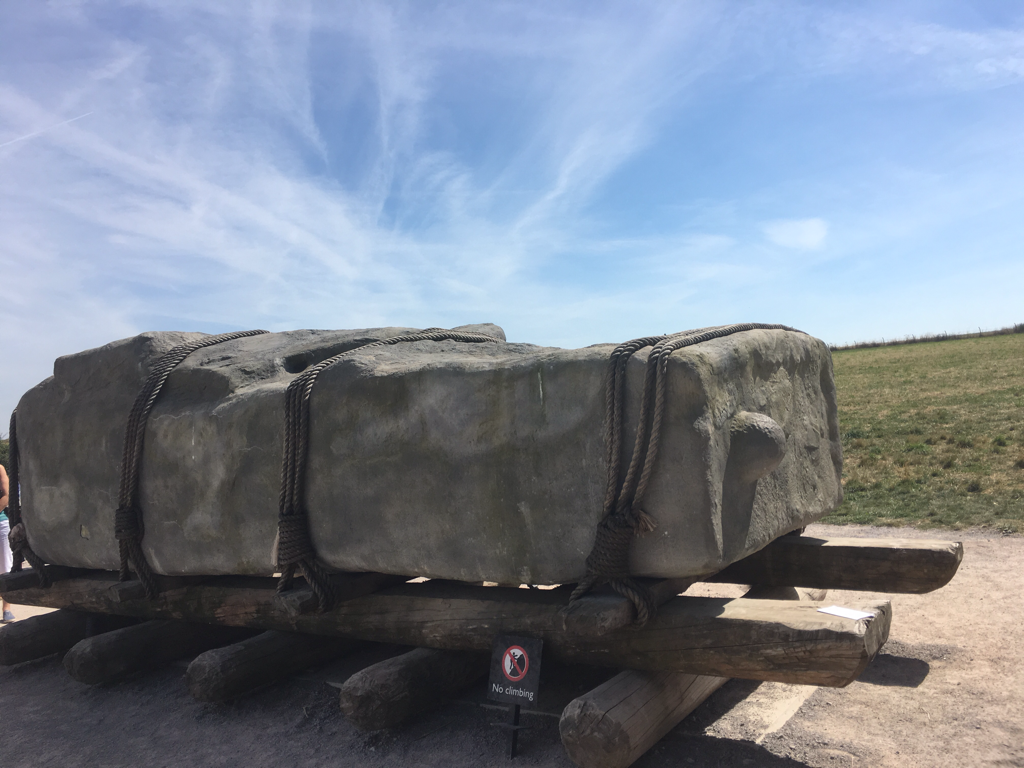
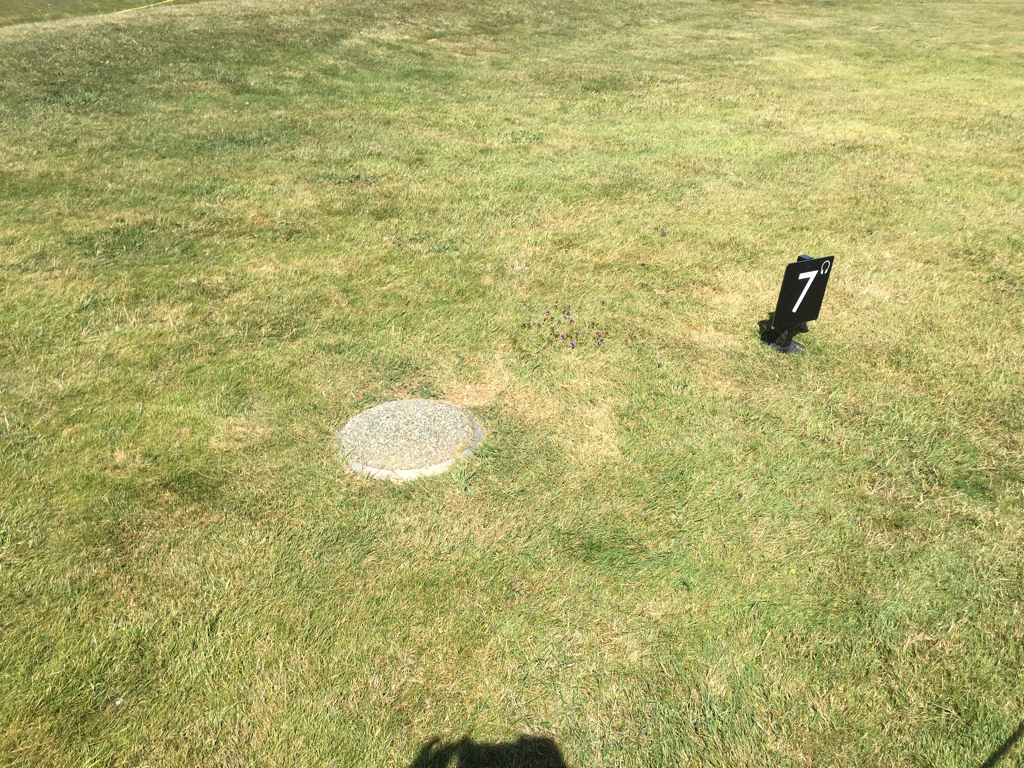
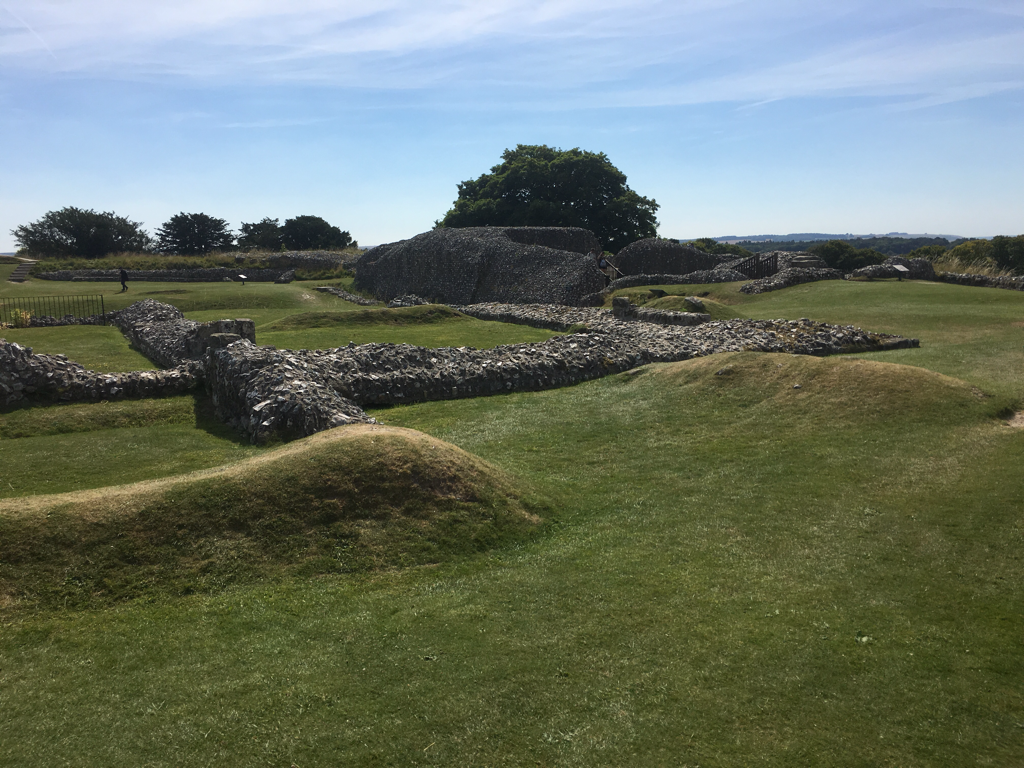
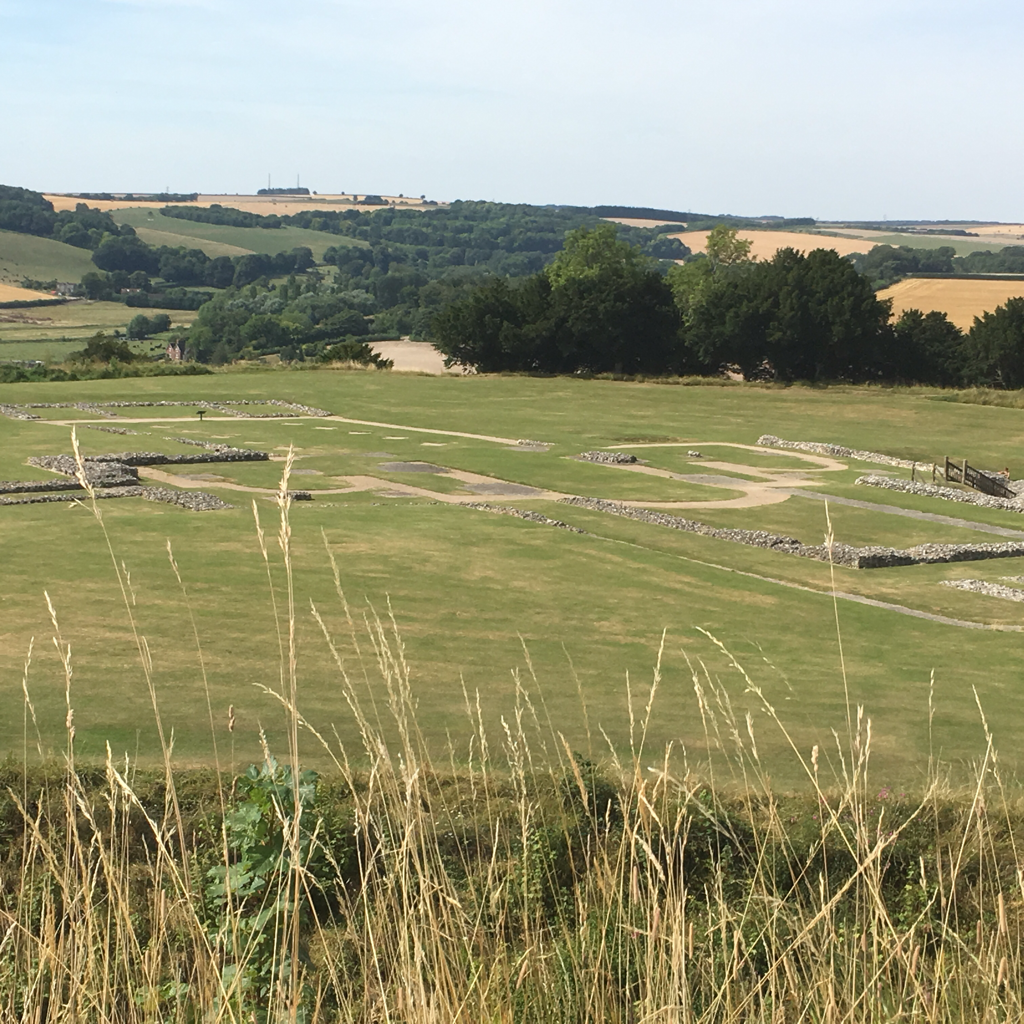
 RSS Feed
RSS Feed
